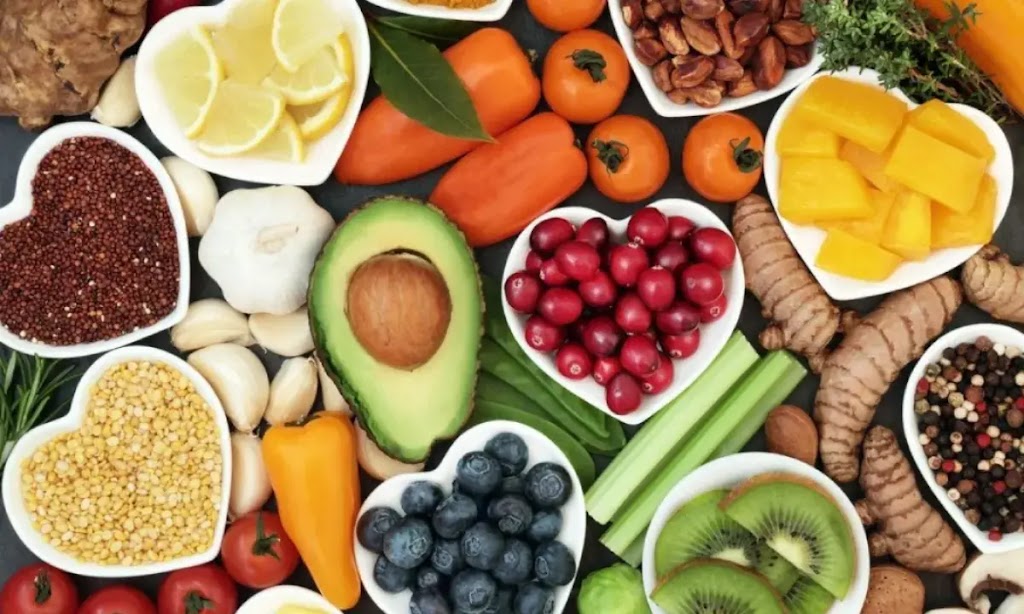Did you know that about 33% of the nation’s food is wasted? Food waste is food that is not consumed. Food loss may occur at any point in the food system, including all stages of production, processing, transportation, retail and restaurant sales, and consumption. Food waste is the food that has passed the food system to a finished version of acceptable quality and suitable for consumption but is not eaten because it is wasted, whether or not it has spoiled or expired. Furthermore, the world’s food waste is around 1.3 billion tons.
Global Waste Statistics
- There is a lot of food in the world, which is enough to supply everyone.
- As mentioned before, one-third of existing food produced is wasted – nearly 1.3 billion tons of food – Which costs the global economy almost 900 billion dollars.
- Up to 10% of worldwide greenhouse gas emissions are attributed to food produced but not consumed.
- Food waste is worse than overall aviation emissions (1.9 percent), plastic production (3.8 percent), and oil extraction (3.8 percent).
- Food rotting in landfills produces methane, a gas 28 times more potent than carbon dioxide.
- Stopping the waste of food would result in an annual carbon reduction of 4.4 million tonnes, the equivalent of removing one out of four cars from the road.
- One in every nine individuals needs more food to consume, totaling 793 million malnourished people.
- One-quarter of wasted food could provide enough food for 870 million people suffering from hunger.
- Nearly half of fruit and vegetable production is thrown away (3.7 trillion apples).
- However, the good news is that minimizing food waste ranks as the third most effective strategy for combating climate change.
At what stages is food wasted:
- Over half of the waste happens in the “upstream” phase, either during the producing, yield handling, and storing stage, and the remaining occurs during the refining, processing, transportation, and consumption phases or “downstream.”
- China is the country that wastes food the most, around 91.6 million tons, followed by India, which is estimated at 68.8 million tons.
- The US is one of the top countries wasting food, but it has also tripled its waste in the past 50 years.
- In many countries, food is not secured, meaning that they must import and can’t meet the local food demand, which means food waste is putting more pressure on food suppliers to meet new levels every time and time.
- In the United States, consumers waste 21% of all food at home and after the purchase. This means the products made through harvesting, processing, transporting, and storing, have been sadly lost in our hands.
- College students aged 18 and 24 have the highest tendency to waste food.
5 Top wasted food
Bread
Each year, about 240 million pieces of bread are discarded. Bread could be easily frozen before turning musty instead of throwing it away. Milk and bread instead of cereal or bread and butter pudding are good ideas to consume the remaining hardened pieces of bread.
Milk
It is known that milk is important for the body and how much calcium it contains. However, almost 1500 million liters of milk are thrown away in the sink each year. However, milk could be easily consumed instead of wasted. Milk may be used to produce fruit smoothies and béchamel sauce.
Potatoes
Each year, we waste 5.8 million potatoes. Instead of throwing potatoes, boil, mash, and split them up for freezing if they’ve been sitting for a long time. With leftover mash, make potato cakes, fishcakes, or gnocchi Potatoes that have been parboiled may be sliced and sautéed for a fast dinner.
Cheese
It has an extremely long shelf life, so there is no excuse for throwing it away! If it is moldy, pick it off and get the remaining portion in cooking. The cheese sauce is simple to create; just prepare a béchamel sauce and stir in leftover shreds of any cheese – ideal for lasagna, macaroni, cauliflower cheese, and other dishes. Finally, the majority of cheeses are freezer-friendly.
Apples
It’s said, “Eat an apple a day and keep the doctor away,” but we still throw thousands of them. Each year, an astounding 1.3 million apple pieces are discarded. To prolong their life, keep them in a cool, dark, and well-ventilated area – make sure they are not touching and are clean and dry.
The relation between food waste and hunger
While 820 million individuals globally experience hunger, about $900 billion is thrown away each year due to food waste. Even though there is enough food to supply everyone, the mentioned poor practices are some main reasons behind food insecurity. On the first level, unequal food distribution plays the main role in this crisis.
Second, come to the human responsibilities and the unethical acts of continuing over buying and throwing. However, decreasing the overbuying will cause the supplier to eliminate excess products, which will help transport these excess products to the poor nations. Managing food waste could play a huge role in facing hunger, so let’s look at how we could help hungry people and nations.
How could we avoid wasting food?
There are many methods and strategies that we can implement in our lifestyle to reduce wasting food; I divided them into 6 steps.
Step 1: Don’t buy while hungry
We should always buy food with thought, avoiding buying while hungry because it will trigger massive and unneeded purchases. And it ends up wasting your money on items you don’t need and eventually wasting food.
Step 2: Buy local
Buying local food is a great strategy to reduce waste; you may wonder how buying imported food creates waste? It is because of two reasons.
first, when importing a lot of food, especially fruits and vegetables, to a country that already produces the same products leads to a crop surplus that nobody is going to buy, which leads to crop damage
the second reason is the wasted food in transport due to the wrong handling of products.
Step 3 Use what is available
Cook with what is available in your house rather than purchasing additional food. How often do we go out and purchase a large number of new items to produce a certain dish that requires a lot of fancy ingredients, rather than searching for the ideal recipe to use the ingredients that we already have at home? A
Ignoring the food ingredients available in your kitchen for a certain time, you will find expired ingredients in your house, and you have to throw them in the trash.
Step 4 Avoid buying unneeded products
Supermarkets, groceries, and food stores use advanced marketing strategies through their sales offers to make you purchase unneeded items. You should be aware of that and get your needed items only. Please stop excessive serving that will always end up in the bin and never eaten later.
Step 5 Big companies wasted food
Farmers, groceries, and transportation companies produce the biggest amount of waste. So to reduce waste, we should stop them,
They can sell the wasted food before it gets damaged at cheaper prices and partner with startups meant to reduce the wasted food.
We should put pressure on grocery stores, production facilities, transportation companies, and even farmers to reduce the food waste they create.
Step 6 Partner with startups
Startups for food waste could play a huge role, 3rd party that sells remaining food at lower prices, a company that takes the food, separates rotten ones and give the rest to those in need.
Their food is high in quality and tasty; we can support their projects by buying the food they produce at lower prices.
Conclusion
The change always starts with us. It always starts with individuals that wanna make a difference. Let us start, and let us spread the awareness. A known startup called toogoodtogo has already started helping sell remaining food at restaurants and bakeries at lower prices instead of being thrown away later, and it’s aiming to achieve bigger goals. Let us also do something in our expertise to help save food, people, and the planet.


